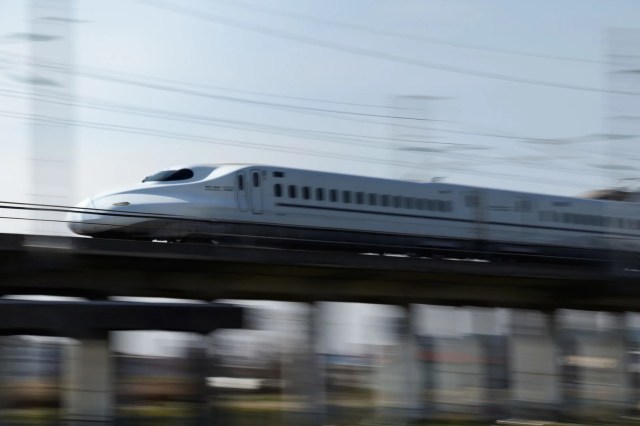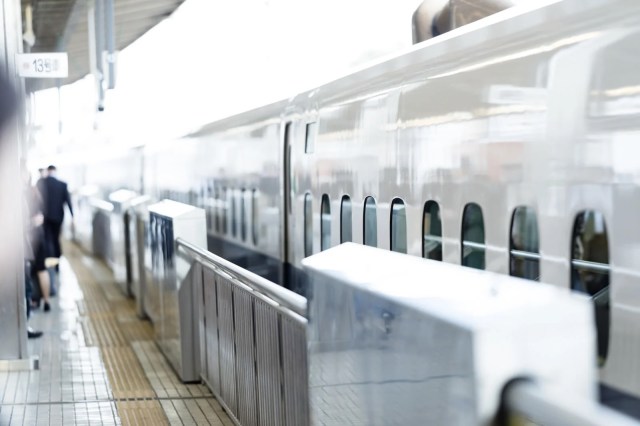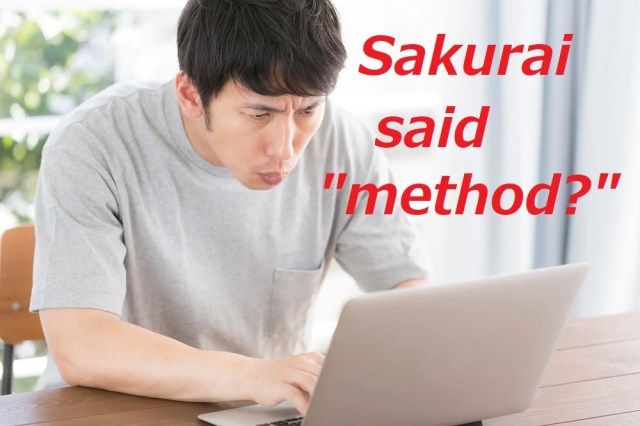Nozomi Shinkansen bullet train abolishes low-priced unreserved tickets during peak travel seasons

New policy affects popular Tokyo-Kyoto-Osaka route of high-speed rail network.
The quickness and convenience of Japan’s Shinkansen bullet train network makes it most travelers’ preferred way to get around Japan. Soon, though, it looks like the Shinkansen is going to get a little less convenient, and a bit more expensive too.
Shinkansen tickets are divided into two basic types: reserved seats and unreserved seats. Whereas reserved tickets are only good for a specified seat on a specific train, unreserved tickets allow you to sit in any unoccupied seat in an unreserved-seat car on a Shinkansen train headed to your destination that day. That makes unreserved seats a nice option if you want greater flexibility in your departure time (maybe because you’re not sure how much sightseeing you’ll be doing in a town before leaving to go somewhere else), and they’re also less expensive than reserved seats.
However, Central Japan Railway Company, also known as JR Central or JR Tokai, says it will be abolishing unreserved seats on its fastest class of Shinkansen train, the Nozomi, during peak travel seasons. JR Central manages the Tokaido Shinkansen portion of the network, which runs from Tokyo to Osaka (and includes Kyoto), but this abolition of unreserved Nozomi seats will also apply to the Sanyo Shinkansen section, which the Tokaido Shinkansen trains flow into/out of between Osaka and Fukuoka. Currently, three cars of every Nozomi train is for unreserved seats.
JR Central says this policy change will take effect at the three busiest travel times of the year: the New Year’s, Golden Week (late-April/early-May), and Obon (early August) vacation periods. During those times, all Nozomi Shinkansen cars will be reserved seat-only.

The company says the new policy is a response to overcrowding of the unreserved-seat train cars during those peak periods. As the cars fill up, passengers with unreserved tickets who are unable to secure a seat end up waiting on the station platform in hopes of getting a seat on the next train, JR Central says, and the increased congestion is making the boarding/disembarking process for passengers take longer, leading to delays in the trains’ departures. Under the new reserved seats-only system for Nozomi Shinkansen trains, the company says that not only will getting on and off the train go more smoothly “our customers will no longer need to wait for a long time [for a train with an empty seat].”
That last part sounds a little like JR Tokai’s previous attempt to spin into a positive its addition in 2019 of new rules requiring Shinkansen passengers with suitcases to purchase reserved-seat tickets and make a luggage reservation. There are a few silver linings, though. The abolition of non-reserved seats on peak-period Nozomi trains will increase their number of reserved seats by about 20 percent per train, so in terms of available quantity, snagging a reserved-seat ticket will be a little easier than it would otherwise. Starting October 1, the EX Service online reservation system for Shinkansen tickets will also be extending the amount of time in advance reservations can be made, allowing you to book them up to a year ahead of time. JR Central has also said that even during peak travel times, non-reserved-seat tickets will still be offered for its slower classes of Shinkansen trains, Hikari, Kodama, Mizuho, and Sakura.
The reserved seat-only Nozomi policy will take effect for the first time later this year between December 28 and January 4.
Source: JR Central via Jin
Top image: Pakutaso
Insert image: Pakutaso
● Want to hear about SoraNews24’s latest articles as soon as they’re published? Follow us on Facebook and Twitter!
Credit:




0 comments: